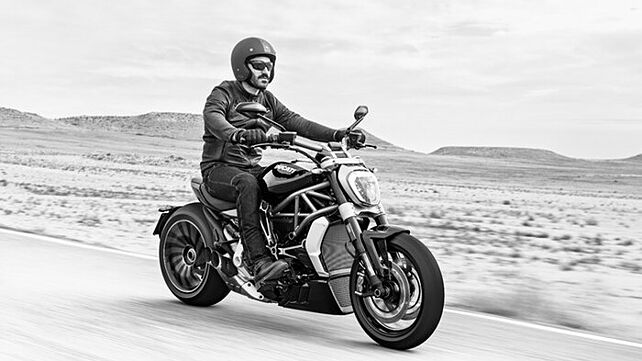
One look at the Ducati XDiavel is enough to convey that it has little in common with the Diavel, apart from the moniker. Ducati says that the XDiavel has been designed from ground up as a new model, as the company’s first modern cruiser. And despite the metamorphosis, the XDiavel still looks every bit a Ducati. So what exactly is different then? Let’s find out…
Platform
While Ducati purists might have been disappointed by the company’s decision to roll out a pure cruiser, the XDiavel’s steel trellis frame gives them a reason to let out a half smile. Traditional cruisers are usually based on double cradle frames, though Ducati decided to stick to the architecture they are most familiar with. This doesn’t mean that they just carried over the Diavel’s design.
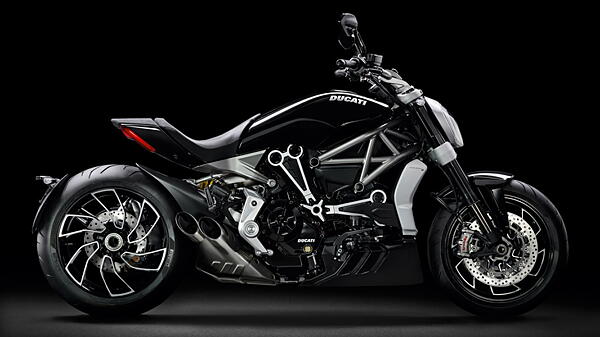
Though both use trellis frames, the XDiavel is based on a different platform with the engine as a stressed member and a compact exhaust system tucked underneath it. This gives a better exposure of the single sided swingarm, amplifying the XDiavel’s exotic appeal.
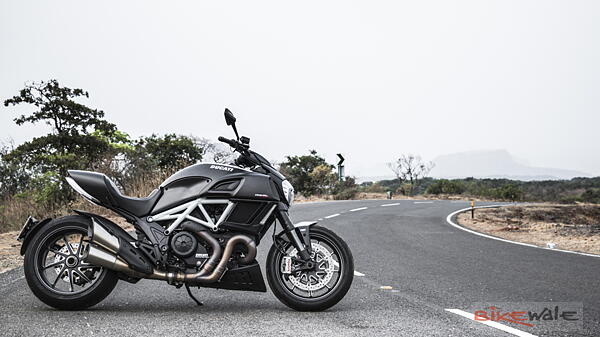
Engine
At the heart of the XDiavel is Ducati’s newest powertrain, the Testastretta DVT L-twin engine. Displacing 1262cc, this 156 horsepower engine dishes out 129Nm of torque right from 5,000rpm. Ducati seems to have compromised on the torque delivery as traditional cruisers have their maximum torque being generated at low rpms, usually in the range of 3,500rpm. Nevertheless, almost 98Nm of torque is available at as low as 2000rpm, which is way different than what we have been seeing in Ducati bikes.
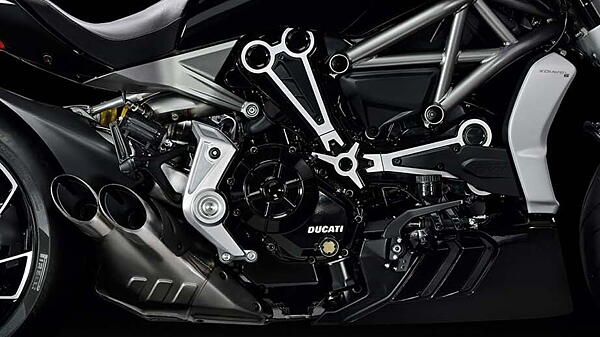
The engine is Euro IV compliant and comes with Ducati’s proprietary Desmodromic Variable Timing system to offer smoother performance at different speeds. The Diavel on the other hand uses an older version of the Testastretta mill, displacing 1198cc. With a power output of 162bhp and 130Nm, the Diavel has been tuned to offer blistering performance as opposed to the XDiavel’s relaxed power delivery. The XDiavel also is the company’s first belt driven motorcycle in recent times.
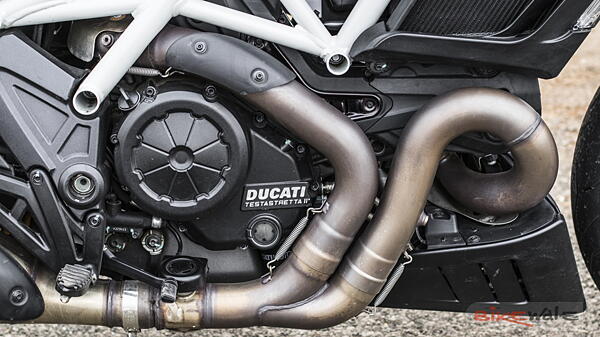
Riding position & ergonomics
The XDiavel’s riding stance is what takes it away from Ducati’s comfort zone right into Harley-Davidson territory. It gets all the hallmark signs of a cruiser, with the front set footpegs, low seat and sweptback handlebars. The Diavel on the other hand, gets a hybrid riding stance, with pullback handlebars and footpegs that compel an upright body position. It makes you sit high and tight as if you were on a sportbike.
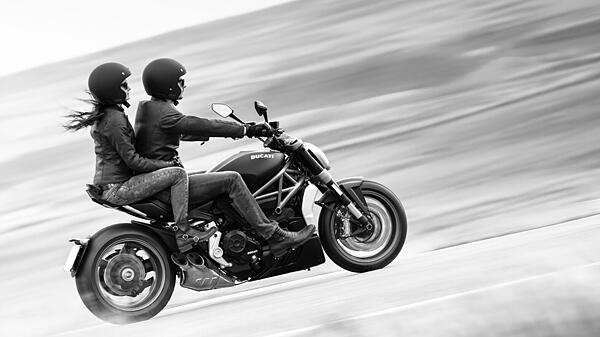
For the XDiavel, Ducati even offers a host of customisation options to make the riding position suitable for riders of different heights. Out of the box, the XDiavel foot pegs can be adjusted in three configurations, there are three options for handlebars and the seat height can be opted for in different levels of firmness. All of this leaves enough room for adjustment, allowing riders to opt for the configuration that suits them the best.

Character
Why did Ducati feel the need to create the XDiavel in the first place? Well, we have to thank the Americans for this. The problem with the Diavel, if you can call it one, is that it is still too Italian. The way it goes makes it resemble a sportbike more than a cruiser. And that didn’t go down very well with the Americans. They, and a growing number of riders worldwide like their cruisers to be easy going, and the Diavel is just too performance-focussed for their comfort. The XDiavel takes care of this in many ways. The laidback riding position, the engine’s smoother torque delivery, the belt drive, electronics and the slew of customisation options make the XDiavel every cruiser fanatic’s fantasy.


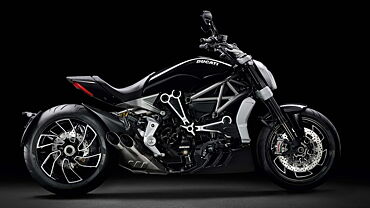
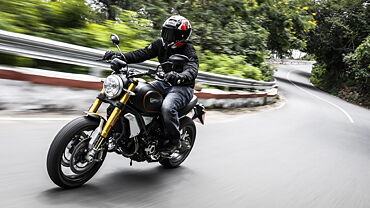
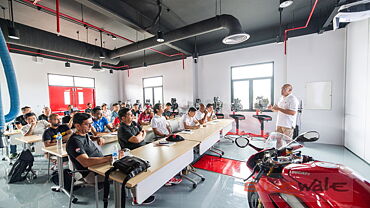
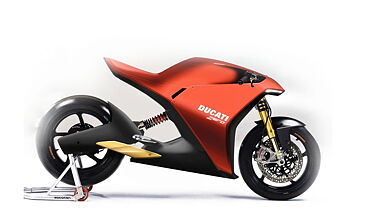
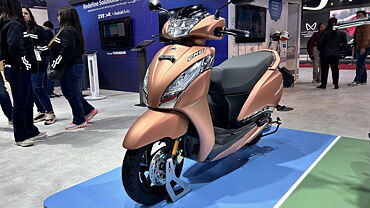

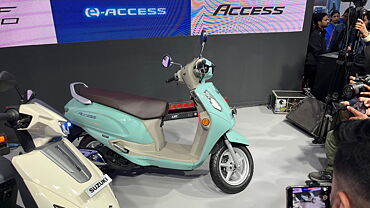
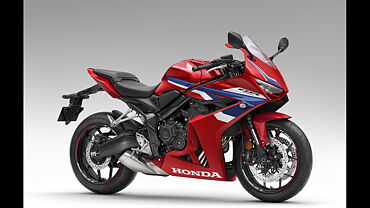
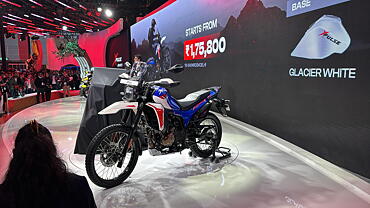
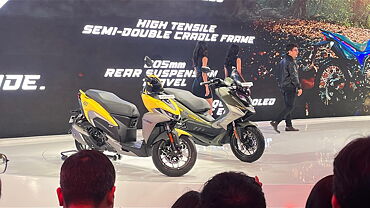
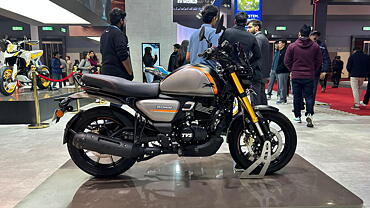
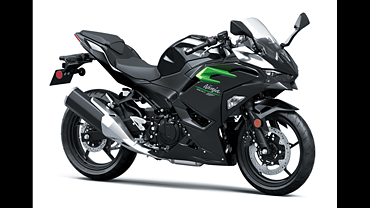
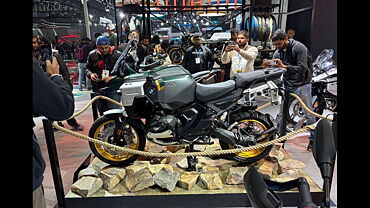
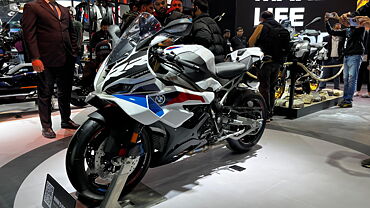


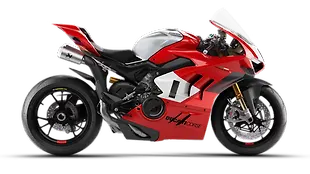
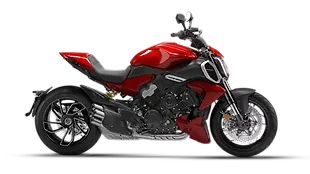





![KTM 390 Adventure X [2025] KTM 390 Adventure X [2025]](https://imgd.aeplcdn.com/272x153/n/cw/ec/190885/390-adventure-x-2025-right-side-view.jpeg?isig=0&q=80)